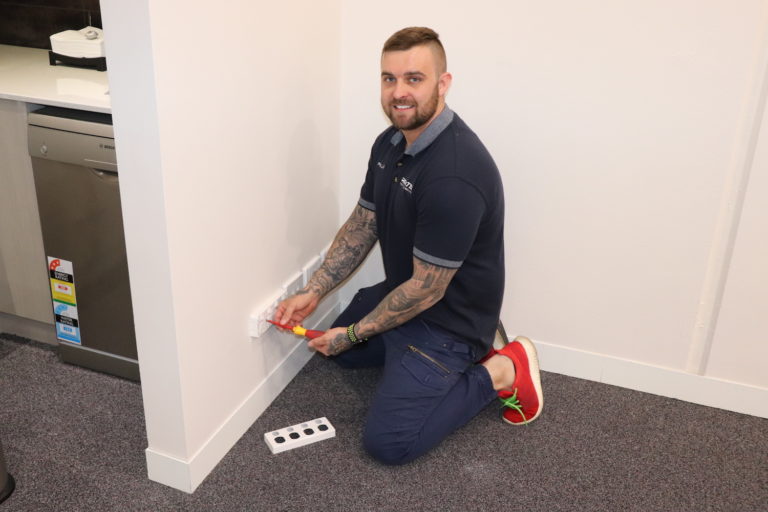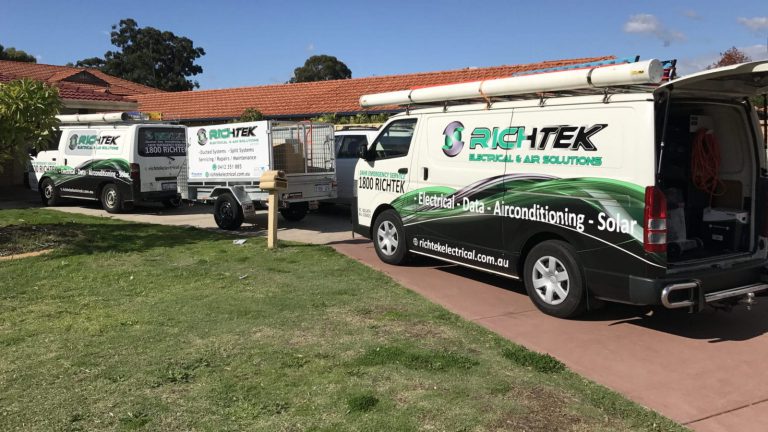The light fittings in your home can do a lot to dictate the atmosphere and mood of any space – not to mention how much your monthly electrical bill will cost you! With all of this to consider, it makes a lot of sense why homeowners are so careful in choosing the light fittings that will go into their homes. Here is a guide that can help you to make the right choices the first time around:
What to Consider
Remember, the lighting in your home has a lot of power to dictate the atmosphere and mood throughout your different rooms. These things can even impact your sleep and energy levels! So, whenever you pick out new light fittings, keep these things in mind.
In this guide of tips to help you choose proper light fittings in your home, we have focused on options that will make inhabitants of your home feel bright, cheerful, and happy.
Install Recessed Down at Every Opportunity
Have you ever felt like a room looks smaller than it truly is? The reason could be that the light fitting is protruding from the ceiling, which can result in the room feeling smaller. It also results in shadows and creates a gloomy vibe overall. Instead of doing this, use recessed downlights in your home wherever you can to reduce shadows being cast and increased the perceived size of your room!
Install Feature Pendant Light Fittings
Installing pendant light in your home’s breakfast bar, dining room table, or your bedside table increases the aesthetics of your home. With a lower temperature globe, you can give off warmer hues, like yellow, amber and red. These hues have been proven to stimulate your eyes less and improve your sleep, too! To contrast, cooler lights are used in workplace atmospheres to stimulate your eyes and keep you alert while working.
Install LED Globes and Light Fittings
LED Globes are the best option when it comes to light fittings in the home. They last longer than CFL, incandescent, and halogen lights, and they consume less power!
However, if you’re going to switch your current light fittings to new, LED bulbs, it is recommended that you call upon a licensed electrician to take care of the installation of your new light fittings. Old halogen light fittings come with a lot of risks, so if you try to DIY it, this is a decision you might regret. Instead, replace and install newer fittings with the help of an electrician – you won’t regret it because they will last longer and produce better quality light for you to enjoy in your home!
The Verdict
As you can see, there is a lot to consider when upgrading the light fittings in your home. However, these tips should have helped to lead you in the right direction to get the best results that make your home feel bright, happy, and cheerful while keeping your energy bills low! To get started today, contact an electrician with any questions you might have!















